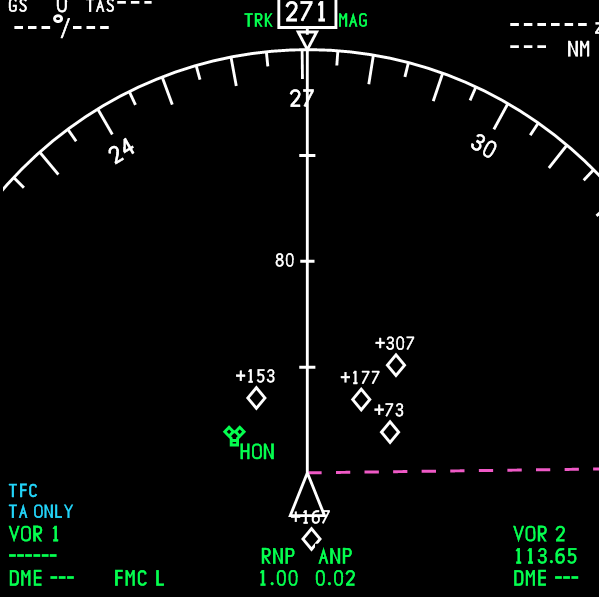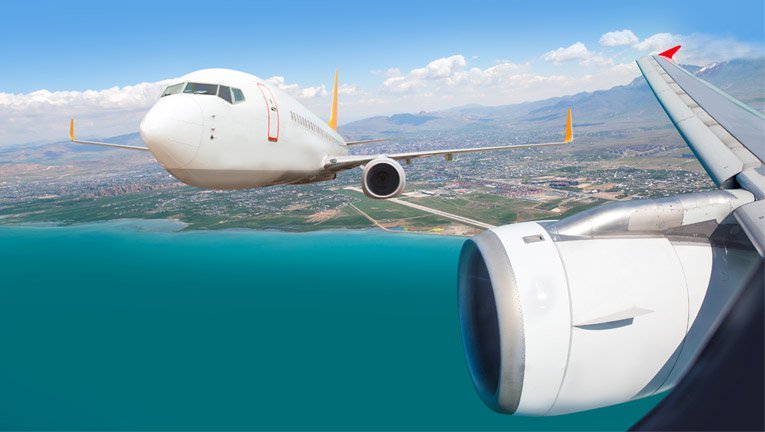Well, to start with TCAS, It stands for Traffic Alert and Collision Avoidance System. TCAS is simply a USA company (Honeywell/Bendex) and ACAS is ICAO terminology.
In modern Aviation today, there are a few systems to alert pilots to avoid conflict from a potential collision among airplanes. The methods are:
- Use of Radar (SSR) interrogation and replies (Active/Passive)
- Traffic information service from ATC (Uplink)
Using the same principle of Secondary surveillance radar (SSR), the airplanes carry their own device to identify other airborne transponders.
The active system does not rely on the ground-based radar because the airplane has its own interrogator to trigger another airborne transponder equipped in an airplane within a certain coverage.
However, the passive system has to rely on the ground-based radar because Ground-based Radar (SSR) has to trigger an interrogation/response to airborne transponder equipped airplane. But this system requires extensive radar coverage in the area, so a passive system can work well.
How does ACAS/TCAS works?
Well, ACAS/TCAS provide two kinds of information for the pilot to be alert.
- Traffic advisories (TAs), help pilots to be aware of other aircraft in close proximity in a plan view and alert the pilots to be ready to avoid any potential air collision by providing resolution advisory.
- Resolution advisories (RAs), is an automatic voice recommendation to the pilots for certain avoidance maneuvers to avoid a mid-air collision. RA will advise pilots to maintain a certain vertical rate to be flown. When both aircraft are equipped with the ACAS system, RA will be generated through the Mode S data link in order to avoid a mid-air collision. RA can be also generated if the aircraft in the vicinity are all equipped with Mode S / Mode A & C transponder. The only problem, ACAS can not detent non-transponder aircraft in the vicinity of the airspace.
TCAS I system
TCAS I is less complex because it provides only traffic advisories (Tas). It does not give any resolution advisories (RAs). Pilots can see the presence of other aircraft in the vicinity with TCAS I system installed in the aircraft. This system also does not require you to have Mode A or Mode S transponder.
The display provides pilots a plan view of other aircraft regarding host aircraft with some symbology about their relative position and altitude differential.
However, the TCAS I system provides a display of target aircraft which is in close proximity within 30 seconds for a mid-air collision. The system uses a Cylinder or Barrel of airspace which includes airspace of 4 NM in radius and vertical height within 1200 feet above or below.

TCAS II system
TCAS II system requires the installation of Mode S transponder since it provides vertical resolution advisories. Mode S transponder provides a two-way data link among TCAS II equipped aircraft in order to generate Resolution advisories (RAs).
It also provides an alert for the pilots for all aircraft which are within 45 seconds close proximity instead of 30 seconds relative to the host aircraft.
I hope this blog helped you to understand basic mechanism of ACAS and TCAS system. You will learn more about them in practical operation mostly in Airlines operation.
